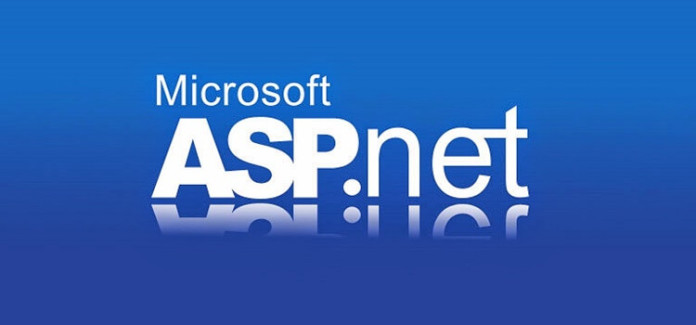Hawkscode Software’s Pvt Ltd ASP.NET Web pages, referred to authoritatively as Web Forms are the principle building hinders for application advancement in ASP.NET. There are two fundamental procedures for Web Forms, a web application organize and a site format Web applications should be accumulated before organization, while sites structures permits the client to duplicate the documents straightforwardly to the server without earlier gathering. Web structures are contained in documents with an “.aspx” augmentation; these records normally contain static (X) HTML markup or part markup.
The segment markup can incorporate server-side Web Controls and User Controls that have been characterized in the system or the site page. For instance, a textbox part can be characterized on a page as which is rendered into a html input box. Furthermore, dynamic code, which keeps running on the server, can be put in a page inside a piece <% – dynamic code – %>, which is like other Web improvement advancements, for example, PHP, JSP, and ASP. With ASP.NET Framework 2.0, Microsoft presented another code-behind model that gives static content a chance to stay on the .aspx page, while dynamic code stays in an .aspx.vb or .aspx.cs or .aspx.fs record (contingent upon the programming dialect used).

Microsoft suggests managing dynamic program
Microsoft suggests managing dynamic program code by utilizing the code-behind model, which puts this code in a different document or in an extraordinarily assigned script tag. Code-behind documents commonly have names like MyPage.aspx.cs or MyPage.aspx.vb while the page record is MyPage.aspx (same filename as the page document (ASPX), yet with the last augmentation signifying the page dialect). ASP.NET’s code-behind model denote a takeoff from Classic ASP in that it urges designers to construct applications in light of partition of presentation and substance. In principle, this would permit a Web originator, for instance, to concentrate on the plan markup with less potential for aggravating the programming code that drives it. This is like the division of the controller from the view in model–view–controller (MVC) systems.













